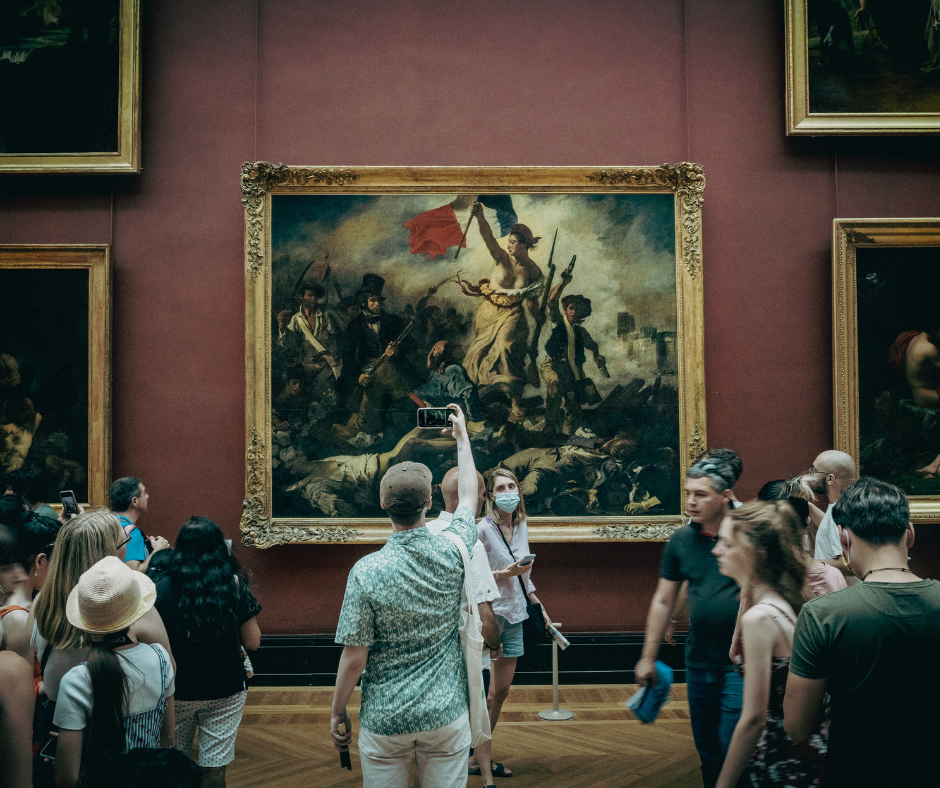Earlier this month at the National Gallery of Art in Washington, D.C., a group of climate activists threw paint on the case protecting Degas’ Little Dancer. Incidents like this have been on the rise worldwide over the last several years, and they represent just a small fraction of the growing list of challenges facing the teams tasked with protecting our world’s greatest cultural treasures and the many people who care for and visit them every day.
Effective and comprehensive protection for museum collections, staff, and visitors requires a well-trained security team paired with a strong security system. However, strained budgets due to losses sustained during recent pandemic-related facility closures and/or increased health and safety protocols, as well as hiring shortages, are forcing museums to operate with diminished frontline staff with which to face these new and growing threats.
By watching the art, the system enables security officers to do their real job – maintaining a high level of operational awareness and preventing potentially catastrophic losses to life and property.
To make matters worse, when staff are forced to act as glorified hall monitors, constantly reminding visitors not to breach protective barriers or touch collection objects, they are unable to engage in the critical work of monitoring and analyzing patterns of human behavior that is necessary to intercept bad actors before they can cause harm.
To address these challenges, the Art Sentry system combines user-friendly, state-of-the-art technology to detect unauthorized movement or touch, allowing security officers to be more observant and proactive in preventing security threats before they occur. By watching the art, the system enables security officers to do their real job – maintaining a high level of operational awareness and preventing potentially catastrophic losses to life and property.
The seriousness of the threat and the effectiveness of the Art Sentry solution was demonstrated when a security officer at one of Art Sentry’s client sites – a well-regarded, large art museum in a metropolitan area – noted the apparent distress of a young female visitor exploring a gallery with a male companion. The officer monitored the situation and, when it was safe to do so, approached the woman and asked if she was alright. That was how the officer learned she was with a man she had recently met online and needed help. Thanks to the officer’s training and ability to focus on threat assessment rather than giving reminders, that woman’s visit ended safely.
When security teams are asked to maintain an impossibly high level of awareness of visitors touching collection pieces while also carefully observing and analyzing visitor behavior for suspicious activity, we leave our collections and our people vulnerable to harm. Technology solutions such as the Art Sentry system provide an effective means of protecting cultural properties and preserving our shared cultural heritage for future generations. By watching the art, Art Sentry helps security officers prevent potential threats before they occur.


